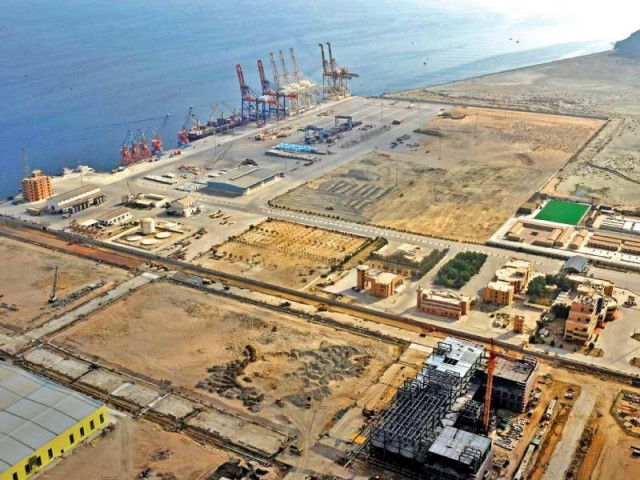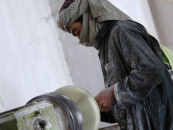Cabinet refuses unrestricted powers to CPEC Authority
Constitutes committee for examining anomalies in administrative structure

The National Development Council has already approved constitution of the CPEC Authority in a bid to ensure fast-track implementation of projects. PHOTO: FILE
The anomalies in administrative structure of the CPEC Authority were pointed out in a recent meeting of the cabinet, chaired by Prime Minister Imran Khan.
The cabinet considered recommendations of the Cabinet Committee for Disposal of Legislative Cases (CCLC) for notifying and promulgating the CPEC Authority ordinance. The ordinance is aimed at setting up the authority for monitoring CPEC projects.
The cabinet committee made the recommendations after reviewing the draft legislation.
A memorandum of understanding for the CPEC project was signed by the governments of Pakistan and China. Focal ministries of Pakistan and China for the project were the Ministry of Planning and Development and the National Development and Reform Commission respectively.
It was also agreed to hold regular meetings of the Joint Cooperation Committee and establish working groups for different sectors.
In a summary sent to the cabinet, it was highlighted that CPEC was now going to enter the next phase where it would cover new areas such as trade and market access, industrial cooperation, socio-economic development, poverty alleviation, agriculture, Gwadar development, blue economy and regional connectivity. Under CPEC, now third parties will also be allowed to participate in the programme.
Earlier in a meeting held on May 20, 2019 and chaired by PM Imran, it was decided to establish the CPEC Authority. The National Development Council has approved the constitution of the authority in a bid to ensure fast-track implementation of CPEC projects.
In the recent cabinet meeting held to discuss the setting up of CPEC Authority, it was pointed out that the proposed administrative structure had some anomalies such as the provision for appointing the chairman and two executive directors of the authority.
It was noticed that the provision of conflict of interest was also contradictory. It was pointed out that immunity had been extended to everyone and unfettered powers for drafting regulations had also been granted to the authority. It was, therefore, suggested that the proposal be further examined before its finalisation.
The cabinet approved recommendations of the CCLC pertaining to the establishment of CPEC Authority subject to fine-tuning by a committee of the proposed legislation, especially the provisions related to the administrative structure, conflict of interest, immunity and regulation-making powers.
The committee would comprise the law minister, planning, development and reform minister, parliamentary affairs minister, railways minister, maritime affairs minister and special assistant to the prime minister on social protection and poverty alleviation.
The National Development Council had given approval for setting up the CPEC Authority in its first meeting held in Islamabad in the second week of August this year.
The meeting was informed that past neglect of Balochistan, lack of connectivity and economic integration, security challenges and under-utilisation and mismanagement of resources contributed to poverty in the province. The connectivity of Balochistan through CPEC projects was considered vital in order to help in social development and ensure security in the province.
Published in The Express Tribune, September 28th, 2019.
Like Business on Facebook, follow @TribuneBiz on Twitter to stay informed and join in the conversation.



















COMMENTS
Comments are moderated and generally will be posted if they are on-topic and not abusive.
For more information, please see our Comments FAQ